Cape Town is a city with a location known to everybody, and it is perhaps the most scenic of all the major cities in the world. The 1,085 meter/3,558 feet high Table Mountain forms together with the Atlantic Ocean a perfect place for tourism and development of a modern metropolis, which offers unique travel experiences at the southern tip of Africa.
A good starting point in the modern South African metropolis is the refurbished harbor area, Waterfront, where you will find an international ambience, shops, dining and a variety of activities. Cape Town’s heritage buildings are close by, including the country’s oldest, the Castle of Good Hope. There are also many interesting museums in this area.
You are always close to the nature in Cape Town. The great ocean in front of the city, and the mountains behind are appealing. The cable car ride to the top of Table Mountain is a must do, and the views are excellent in all directions and almost impossible to imagine until you have been there.
Cape Town is the main city of Cape of Good Hope and southern Africa. Cape of Good Hope is the most famous place, but Cape Agulhas further to the southeast is the continent’s southernmost place. On a tour to here, there are many stops along the coast, i.e. the penguin colony in Simon’s Town.
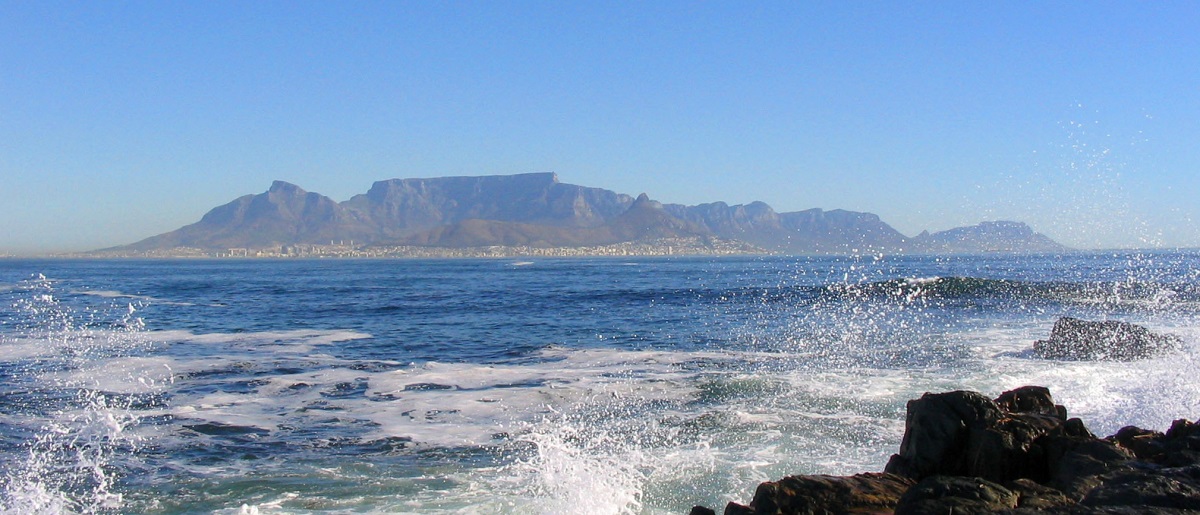
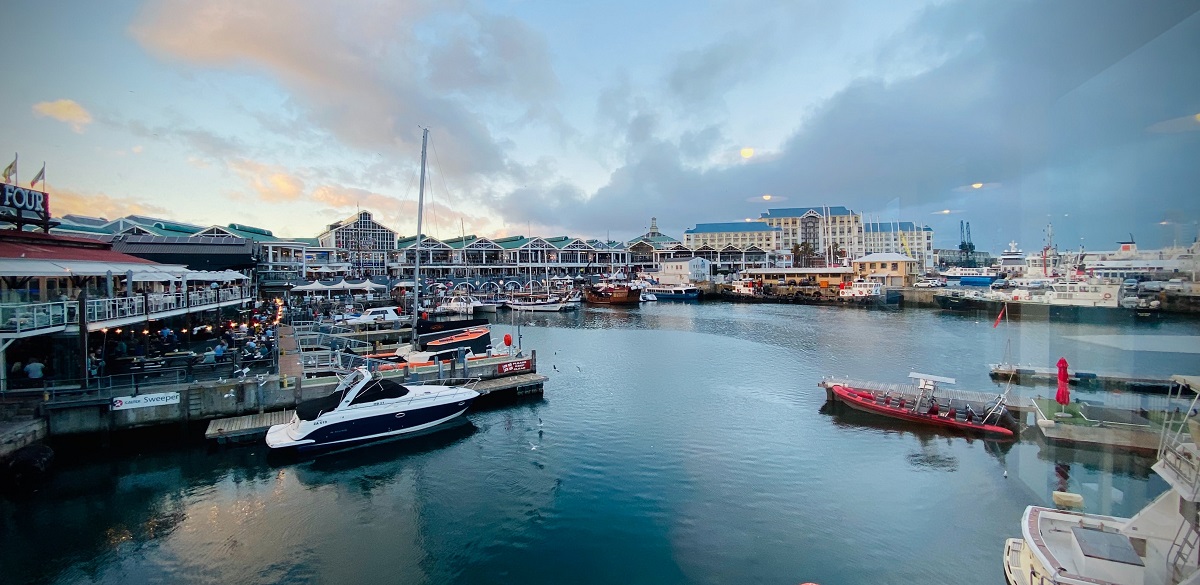
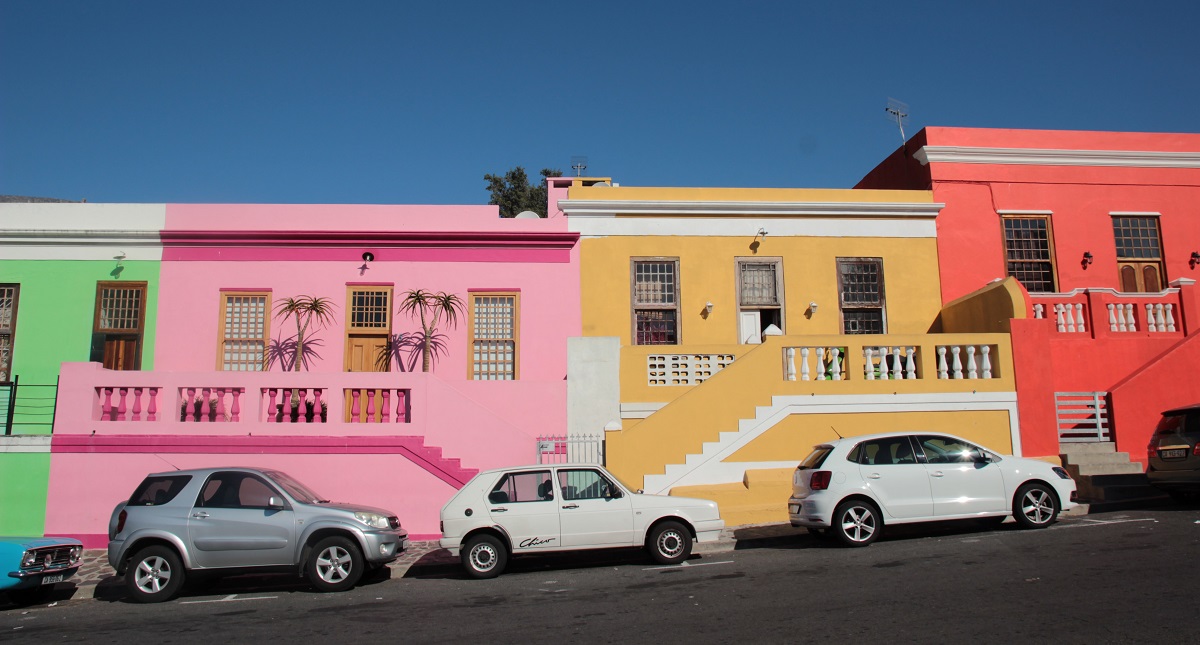

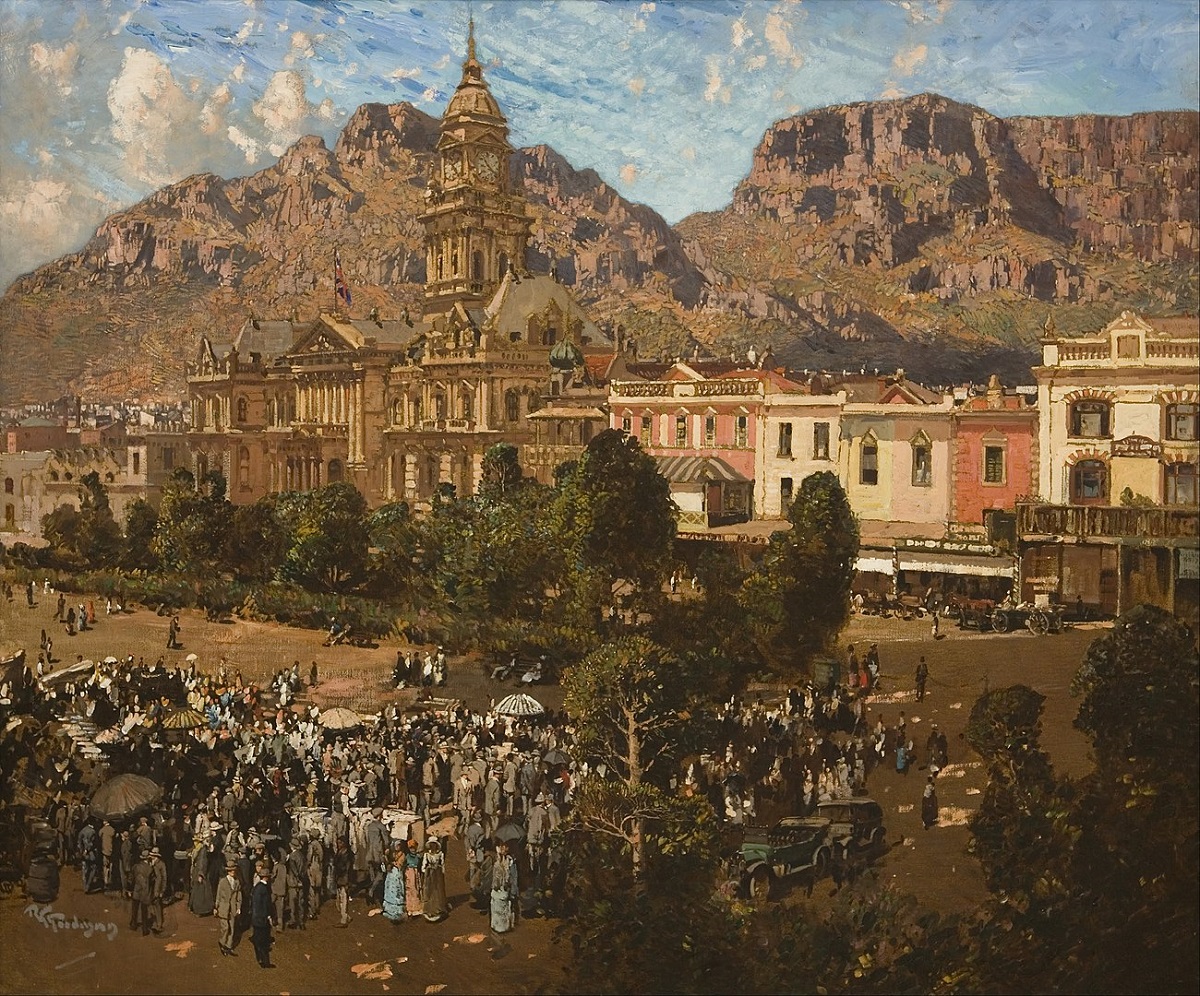
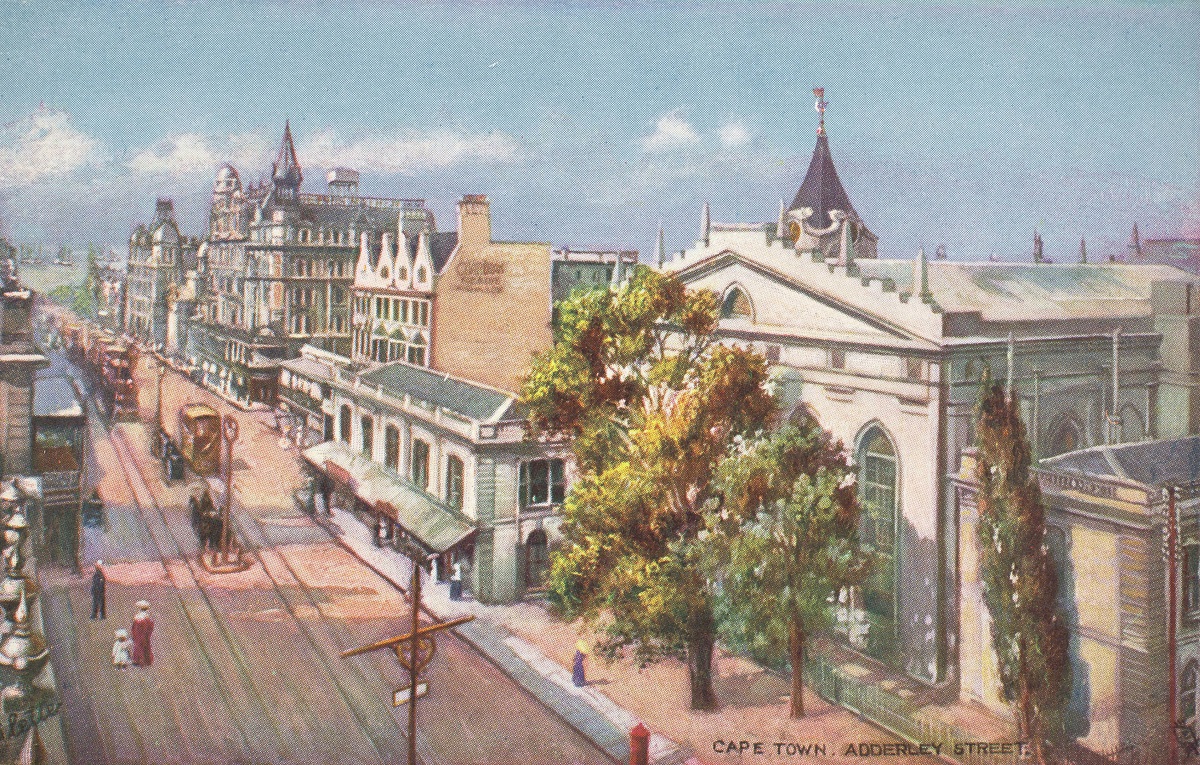
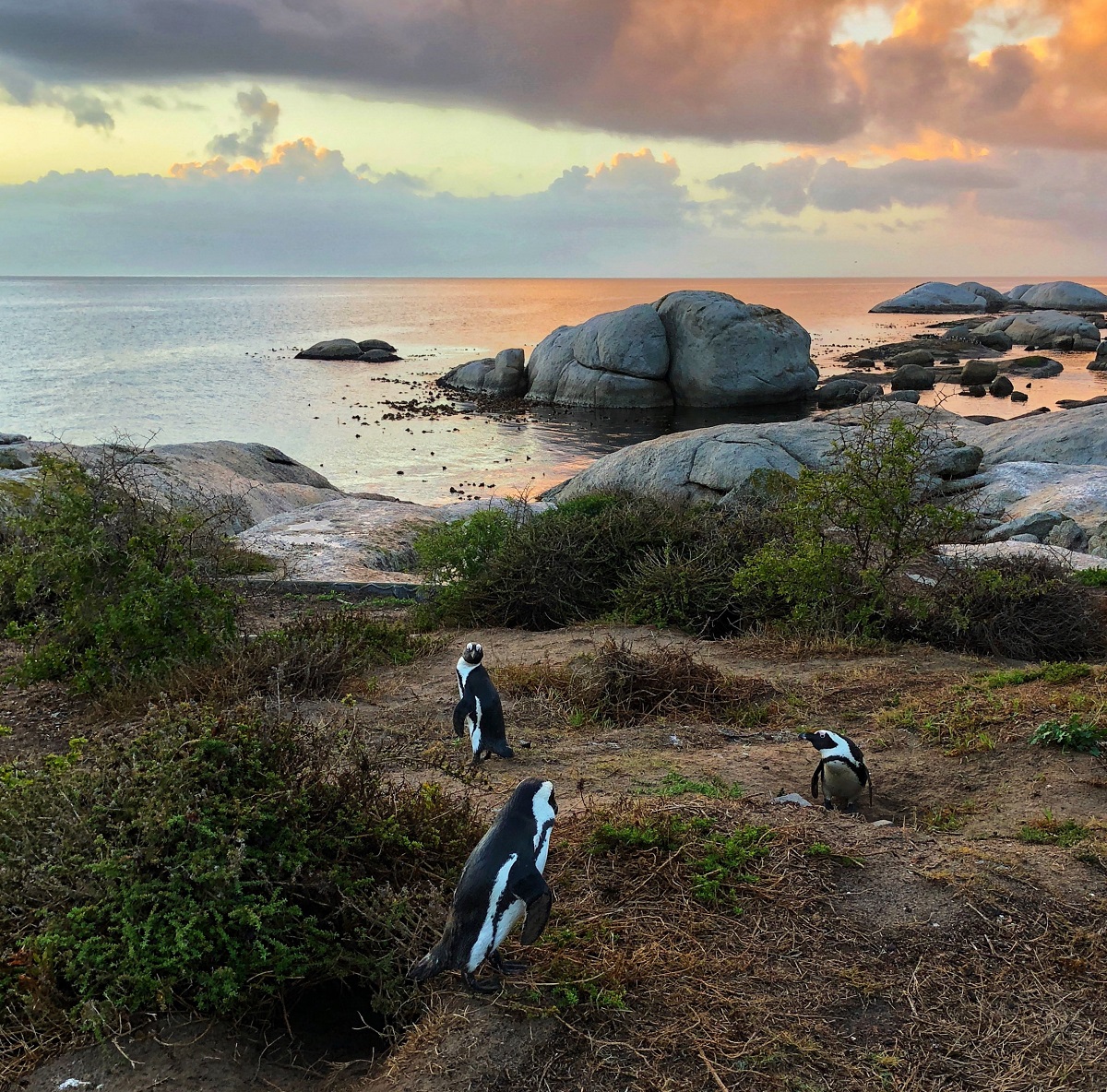


The first Europeans in the Cape Town area were the Portuguese delegation, led by Bartolomeu Dias sailed there from Lisbon in 1487. He, like Vasco da Gama, led an expedition in 1497 to exploit the seaward coast of the Indian Ocean. The Portuguese named the place Cabo da Boa Esperança, Cape of Good Hope.
In 1652, the Dutch East India Company / Vereenigde Oost-Indische Compagnie founded a supply depot here. It was a strategically good place at the southern tip of Africa and halfway to the ports to the east. It was Jan van Riebeeck and other company employees who founded the settlement and soon after sowing crops, so that the Dutch ships could come ashore and get fresh supplies. It was on this occasion that Company Gardens was established. To expand the colony, workers from Asian Dutch colonies came two years after, and not least to cultivate more of the fertile soil, people were imported from Java and Madagascar.
The supply station took the form of an actual town, and the people of Riebeeck built a smaller fortification so that the town could protect itself from the local population. In 1666, the present fort in the city was begun as a stone work. Back then, it was on the water’s edge, providing protection against land and water.
In 1679, Simon van der Stel became governor of the Cape Province, and he founded the prolific wine production, which is today one of the region’s important export products. Some French Huguenots came to the area in 1688, and they made a positive contribution to the development of the area’s wine.
The colony grew over the following decades, and by the mid-18th century the population was up to 12,000, distributed roughly equally between Europeans and slaves.
By the end of the 18th century, the Dutch colonial empire had weakened, and through wars in Europe Britain could expand. During the same period, the Dutch East India Company was ruined, thus laying the foundation for the British conquest of the Cape Province and thus Cape Town, the Dutch name for Cape Town. The British declared the city a free port.
By a peace agreement in 1802, the colony became Dutch again, but just three years later there was war again in Europe, and the following year the area became British again. Through a peace agreement in 1814, the Cape Province became British for a sum of money to the Netherlands. However, Dutch ships continued to have access to the port.
In 1822, Governor Lord Charles Somerset initiated a series of initiatives to develop and Anglify the area, including English being the mother tongue instead of the Dutch. In 1826, Somerset left the post.
In 1834 slavery was released and new districts were created. The city’s Muslim population settled on that apartment in Bo-Kaap. Among many Dutch families, there was skepticism about the ever-increasing distance from the Dutch past, and they began a larger migration in 1836 towards the interior of present-day South Africa. It was the so-called pioneers who, in 1838, among others, settled in the Pretoria area.
In 1840, the Cape Town municipality was formed for the city’s 20,000 inhabitants, half of whom were of European origin. As with Australia, Britain would send prisoners to the Cape Province, but with the local opposition and with the help of London’s politician, Lord Adderley in particular, this was prevented.
In the following decades, new infrastructure was established, including a road to Stellenbosch and a railway via Stellenbosch to Paarl and Wellington. In 1860 a modern harbor was established with the establishment of the first dock in the present Waterfront. Later, horse-drawn tram lines came along and a telegraph cable was added to Europe.
In 1882 Dutch became official language again in line with the English language. Two years later, the Cape Province parliament was inaugurated. Around the turn of the century, street lighting was established, electric trams were running and a major project of paving Cape Town was completed.
In 1905, Cape Town was elected as the seat of the newly formed South African Union Legislative Assembly. In the Cape Province, the population groups retained the right to vote in parliament.
In the first half of the 20th century, Cape Town grew steadily and many areas were laid under Cape Town. The population increased and in 1927 the first major urban plan was adopted. In 1935, major land reclamation projects started up close to the city center.
In the 1930s, non-European voting rights were limited, and when the National Party won the parliamentary elections in 1948 with the introduction of a racially divided society as the central element, the country’s period of apartheid began. In a few years, an opposition of non-Europeans was formed, and from the 1960s it came to physical settlement. In 1964, Nelson Mandela was sentenced to prison and sent to Robben Island Prison outside Cape Town.
From the 1950s to the 1980s, a number of major civil engineering works were performed in Cape Town. The modern center was built, major road works were carried out and in 1988 an initiative was taken to establish the popular Waterfront area.
In 1990, President Frederick de Clerk legalized all political organizations and Nelson Mandela was released. In 1995, the World Cup in one of the country’s major sports, rugby, was held in South Africa, and the opening match was played in Cape Town, which has since then established ever more exciting sights for visitors.

Overview of Cape Town
Cape Town is a city with a location known to everybody, and it is perhaps the most scenic of all the major cities in the world. The 1,085 meter/3,558 feet high Table Mountain forms together with the Atlantic Ocean a perfect place for tourism and development of a modern metropolis, which offers unique travel experiences at the southern tip of Africa.
A good starting point in the modern South African metropolis is the refurbished harbor area, Waterfront, where you will find an international ambience, shops, dining and a variety of activities. Cape Town’s heritage buildings are close by, including the country’s oldest, the Castle of Good Hope. There are also many interesting museums in this area.
About the upcoming Cape Town travel guide
About the travel guide
The Cape Town travel guide gives you an overview of the sights and activities of the South African city. Read about top sights and other sights, and get a tour guide with tour suggestions and detailed descriptions of all the city’s most important churches, monuments, mansions, museums, etc.
Cape Town is waiting for you, and at vamados.com you can also find cheap flights and great deals on hotels for your trip. You just select your travel dates and then you get flight and accommodation suggestions in and around the city.
Read more about Cape Town and South African
Buy the travel guide
Click the “Add to Cart” button to purchase the travel guide. After that you will come to the payment, where you enter the purchase and payment information. Upon payment of the travel guide, you will immediately receive a receipt with a link to download your purchase. You can download the travel guide immediately or use the download link in the email later.
Use the travel guide
When you buy the travel guide to Cape Town you get the book online so you can have it on your phone, tablet or computer – and of course you can choose to print it. Use the maps and tour suggestions and you will have a good and content-rich journey.
Table Mountain • Long Street • Bo-Kaap • Penguins • Cape of Good Hope

Overview of Cape Town
Cape Town is a city with a location known to everybody, and it is perhaps the most scenic of all the major cities in the world. The 1,085 meter/3,558 feet high Table Mountain forms together with the Atlantic Ocean a perfect place for tourism and development of a modern metropolis, which offers unique travel experiences at the southern tip of Africa.
A good starting point in the modern South African metropolis is the refurbished harbor area, Waterfront, where you will find an international ambience, shops, dining and a variety of activities. Cape Town’s heritage buildings are close by, including the country’s oldest, the Castle of Good Hope. There are also many interesting museums in this area.
About the upcoming Cape Town travel guide
About the travel guide
The Cape Town travel guide gives you an overview of the sights and activities of the South African city. Read about top sights and other sights, and get a tour guide with tour suggestions and detailed descriptions of all the city’s most important churches, monuments, mansions, museums, etc.
Cape Town is waiting for you, and at vamados.com you can also find cheap flights and great deals on hotels for your trip. You just select your travel dates and then you get flight and accommodation suggestions in and around the city.
Read more about Cape Town and South African
Buy the travel guide
Click the “Add to Cart” button to purchase the travel guide. After that you will come to the payment, where you enter the purchase and payment information. Upon payment of the travel guide, you will immediately receive a receipt with a link to download your purchase. You can download the travel guide immediately or use the download link in the email later.
Use the travel guide
When you buy the travel guide to Cape Town you get the book online so you can have it on your phone, tablet or computer – and of course you can choose to print it. Use the maps and tour suggestions and you will have a good and content-rich journey.



Similar to Cape Town Travel Guide
There are no listings matching your search.
Reset